Attractions in the neighborhood
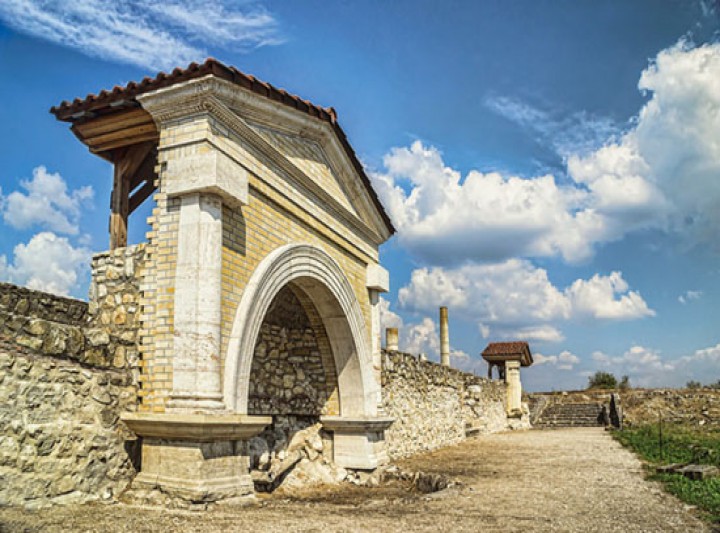
Through the millennia
Those visiting this region can go back in time not only hundreds but thousands of years. This historical time-travel leads from the present to the past, to the former coronation city then from the ruins of Gorsium from the Roman ages to the settlement of cavemen in the stone age only to take us back to the present through the memories of the war of independence and the history of the Hungarian privates.
If we are talking about Fehérvár then we must mention the National Memorial Site, the traditions of St. Stephen, the history of the coronation city, the ossuary holding the remains of our great ones in the arch of the foundation stones of the formerly enormous basilica –the Hungarian statehood was born here a thousand years ago. Although the royal centuries have long gone history lives on and permeates everything in Székesfehérvár. If we are not content with the superficial and look behind the scenes we can find uniquely valuable treasures and we can experience moving and uplifting moments. In the Diocese Museum we can admire the head relic of St. Stephen in its silver casing which was guarded and locked away from the public for centuries. In the crypt of the St. Stephen Basilica we discover the coffins of Béla III and his wife, Ann of Antioch who, of all the royals buried here, are the only royal couple to be identified. On the marble slabs we see the imprint of the royal couple. It is an exclusive opportunity to glimpse into the ossuary holding the bones found amongst the ruins of the coronation basilica including the earthly remains of our kings. It is only open to visitors on special occasions such as on the 20th August during the Kings Days (Királyi Napok).
If you have already seen all these head out to the surrounding areas! After the ancient archaeological park, Gorsium we can go to the Vértes and then to Lake Velence. From the end of April till the middle of October there are scheduled boat trips on Lake Velence on the Agárd-Gárdony-Pákozd route and we can also cruise around Pákozd-Szúnyogsziget. You can finish this time-travelling by cruising on Lake Velence but if you still have some zest you can head towards Várpalota to become acquainted with the Thury Castle and the Trianon Museum. Let’s head back into the past!
Highlighted days:
12th to 21th August – Székesfehérvár: Kings Days including the Crowning Holiday Games
Last weekend of September – Pákozd: National Defence Festival
First weekend of September – Csókakő: Csókakő Castle Games
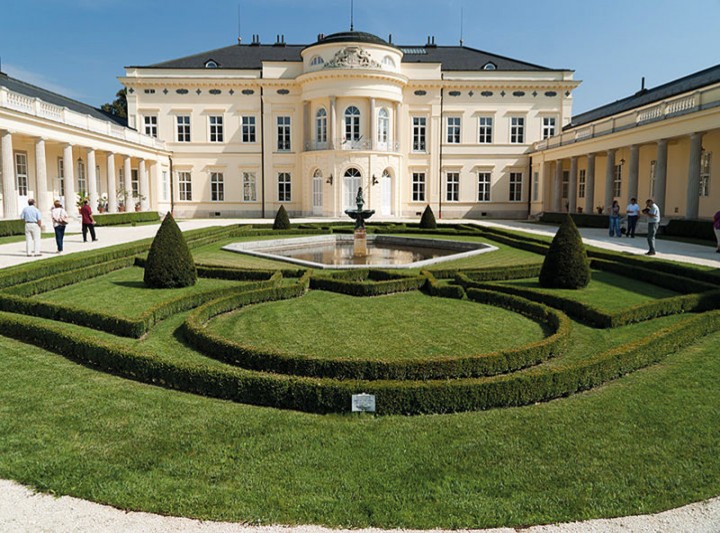
The realm of palaces
In former times there were 4500 castles, mansions, palaces, forts and citadels in Hungary most of which were destroyed in the storms of history. Those who feel like visiting the most spectacular and attractive memorials of the historic past can chose from many ancient castles and mansions in Fejér County. What are you waiting for? The castles are waiting for you!
Using Székesfehérvár as a central starting point we can admire the century-old walls of thirty stately homes including the Esterházy Castle in Csákvár, the Festetics Castle in Dég with the largest English garden in the country, the Nádasdy castle in Nádasladány which is the only romantic castle in Hungary built in Tudor style, and also the romantic Brunszvik castle in Martonvásár where Beethoven once lived or the ruins of the Habsburg castle in Alcsutdoboz.
An outstanding treasure is the Károlyi castle in Fehérvárcsurgó which was renovated by the descendants of the family and where they run a gallery, hotel and restaurant as well as organise quality programmes evoking former life in the castle. Although there are only fragments of the former royal palace and castle walls we do have a very special castle that is well worth visiting before we depart. The castle of Jenő Bory is a special piece of art designed and built by the artist himself that was built over the course of 40 summers almost completely of concrete. The 30-metre-high castle is the ultimate example of marital love. Mosaics, glass-paintings and ornamental fountains appear in the most unexpected places both inside and out. On the corridors running around the hundred-column court of the castle stand the great characters of Hungarian history, heroes, minstrels and kings from Grand Prince Árpád to Sebestyén Tinódi Lantos.
After visiting Bory Castle we can set out to discover the surrounding areas but you should plan your route carefully if you do not want to miss anything! Can we help? (map with 3 routes)
Highlighted days:
Middle of May – Székesfehérvár: Jam-Bory Castle
June – Fehérvárcsurgó: European Bedding-plant and Horticulture Days in the Károlyi Castle
July – Martonvásár: The Beethoven Eve of the National Philharmonics in the Brunszvik Castle 3 times
24th July – Fehérvárcsurgó: Harp and guitar concert of the „Musiciens libres” in the Károlyi Castle
18-19- 20th September – Fehérvárcsurgó: Quartettisismo 6th European String-quartet Festival in the Károlyi Castle
First weekend of September – Csókakő: Csókakő Castle Games
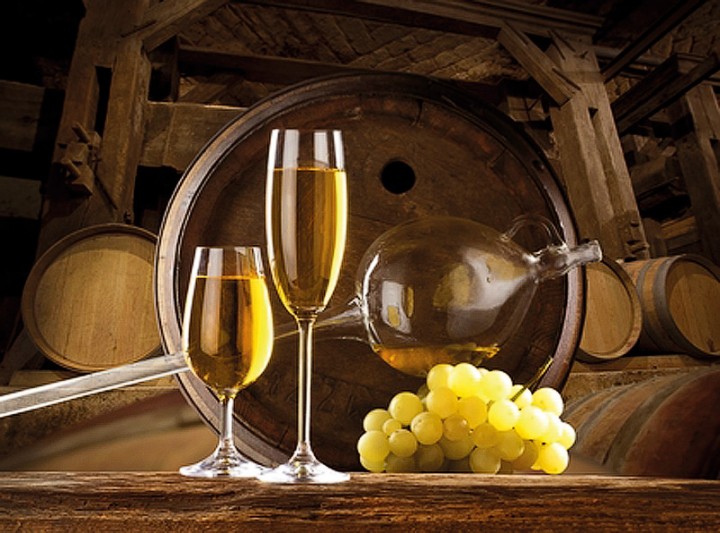
Culinary excursions in the footsteps of tradition
We will lure the enthusiasts of Hungarian dishes into the Bozóky Wine Museum tempting us with a glass of Móri Ezerjó, then into the Agárd Pálinka Distillery that is regarded as a culinary sanctuary and into the open cellars of Etyek. If you would like to find out more about the traditions of our region you must first visit the Open Air Museum hidden amongst the buildings of Rácváros winner of the European Nostra Award!
In the Palotaváros (Palace Town) open air museum in Rác (Rascian) Street we can experience the everyday life of the famous hat maker dynasty, the Dietrich family, we can see the tools and guild relics of the currier, the cobbler, the bootmaker, the shoemaker, the saddler, the scourer, the fur-dresser and the “szűr” tailor. We can call at the Craftsmen’s House where the Association of the Fehérvár Craftsmen give us a glimpse into the secrets of making folk musical instruments, egg painting, cakes with wooden templates, felt balls, reed mace boats and paper. Not far from here in the producers’ market of Jancsárkert you can taste authentic local flavours. Then let’s head to the Vértes Hills followed by the famous wine region of Mór! Traditions are preserved even in the flavours in Csákvár the former centre of pottery. The mustard and sour-cream steak of Csákvár carries the unique flavour of the Vértes region with the spicy taste of beef as a result of the “harsh” farming style. It is served with pasta as a side dish and good quality wine from Mór. You can visit many places in the region if you are to find good wine: the cellars near Lake Velence or Etyek where we can taste the fine wines, extracts, country like dishes, home-made cheese and the smoky-luscious delicacies of the Master of Ham. Along with the wine in Mór traditional Swabian dishes present culinary specialities such as the wine-soup of Mór, chicken soup with paprika and the kvircedli. Kvircedli is a dry cake that you dip into wine or wine-soup according to the old tradition. The wine-soup is a speciality of German origin boiled with eggs and flavoured with spices while the chicken soup with paprika was an inevitable part of Swabian weddings.
Hungarians are a nation of horses and the thousand-year-old culture of horses is a part of our nation’s heritage. We can find out about the native gidran (Hungarian Anglo-Arab) horses at the stud farm in Csákvár or we can saddle-up at the Hétkúti Riding Park at the foot of the Vértes Hills where we can indulge in culinary joys while admiring the idyllic surroundings.
Highlighted days:
- January – Etyek: Winter Picnic in Etyek
- February – Moha: Tikverőzés (shrove Tuesday)
- April – Etyek: Spring Picnic in Etyek
- End of April, beginning of May – Velence: Lake Velence Fish, Game, Wine and Pálinka Festival
- June – Etyek: Summer Picnic in Etyek
- June – Székesfehérvár: By Fire and Sword Festival
- August – Székesfehérvár: International Folk-dance Festival
- September – Etyek: Autumn Picnic in Etyek
- September – Rácalmás: Pumpkin Festival
- The first weekend of October– Mór: Wine Days in Mór
- October – Székesfehérvár: Mangalica Festival
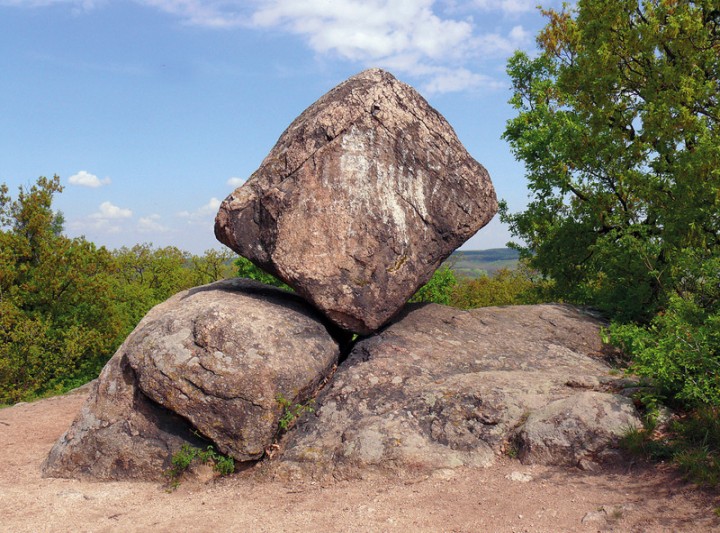
Eco-paradise
Fejér County is formed into one of the nation’s most varied regions by the rich flora and fauna of the lush forests, the beauty of the seemingly never-ending plains, the sensual dance of the sunshine sparkling on the surface of the water and the calm romanticism of village cottages.
Begin by recharging your batteries in Székesfehérvár! On the 6.6-kilometer-long Sostó nature-trail with its bird-watching tower, the botanical paradise of the sand mine, the European bee-eater and sand martin colonies of the shooting hills and the red-footed falcon colony of the water-works forest have all been given national protection. Out of the 70 species nesting here the ferruginous duck, the grey leg goose, the grey heron, the purple heron, the white stark, the spoonbill, the great egret, the marsh-harrier and the European kestrel are all of great importance. Amongst the many thousands of protected plants we can find the rare orchids, the astralagus, the blackstonia, the white helleborine, the moorland spotted orchid, the dianthus and the southern globethistle.
If you still feel like hiking, in whatever direction you set out you will come upon the miracles of nature in the air, on the ground and in the water. You must not miss the Pákozd-Sukoró Arboretum and the mystical Rocking Stones in the Velence Hills just as the exhibitions of the Vértes Nature Park, nature trails and Animal Park. In the Alcsút Arboretum we can witness a miracle in the evening in June when thousands of fireflies swarm glowing as many small green lamps. We can also admire the rich avifauna of Lake Velence for days in the Dinnyés Bird Reserve. We will be filled with endless harmony by the miracles of unspoilt nature, rare plants, geological treasures, paths running through unrivalled landscapes, trickling creeks, mysterious caves and the glimpse of curious animals. Whether on foot or by bike, on horseback or with a cart or maybe by “puszta-busz”(a covered wagon). Go ahead! A few days in paradise…
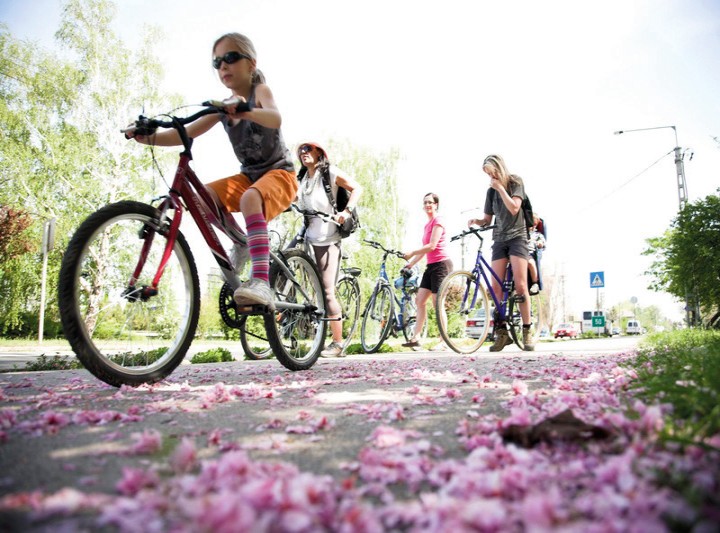
Active days
In this region of many faces everybody can find a program to suit their liking whether it is hiking, horse-riding, cycling, fishing, a boat trip, an extreme sport or a water adventure, hang-gliding, sky-diving, paintball… Alone or with your family, with a large group or as a couple, actively or leisurely, longing for luxury or an adventure all your dreams can come true. Even the most special ones!
If there are children in the group your active programme must start in the brand-new historic playground of Székesfehérvár, the Crown (Koronás) Park where the smallest and the biggest alike can try the oldest and the newest games as the famous characters and legends of the middle-ages come alive. The splendid wooden pile facilities for playing, crawling, climbing, jumping and fooling around were made with great care and are very popular but if the virtual world seems more attractive to others they can take part in a treasure-hunt with their smartphones or in the medieval coronations and battles in digital costumes.
Fehérvár is a city of sports, ice-hockey, basketball, football, pentathlon, handball and the other sports all find a home here. Just as everybody else does who loves action either as a spectator or as a participant. Many of our parks and groves are open to visitors with the most modern, outdoor fitness equipment with excellent EPDM running tracks and fishing lakes are also accessible almost right outside the city centre.
If you still haven’t had enough exercise it is worth setting out on a bicycle ride to Lake Velence as leaving Székesfehérvár there is a newly-built 28-kilomtere bicycle path available for cyclists! Here you can do all possible forms of exercise from dragon-boating to night-time canoeing, from the wakeboard course to the trampoline park, from fishing to going for a quad-ride. You can get your adrenalin rush at the airport at Börgönd or in the Tank Park in Várpalota! Do you know the famous rocking-stones in the Velence Hills? Discover the mysterious caves, rare plants and legendary castles in the Vértes Hills! You might even find the discarded armour of the soldiers of the Holy Roman Empire. Get your boots on! There is no stopping us!
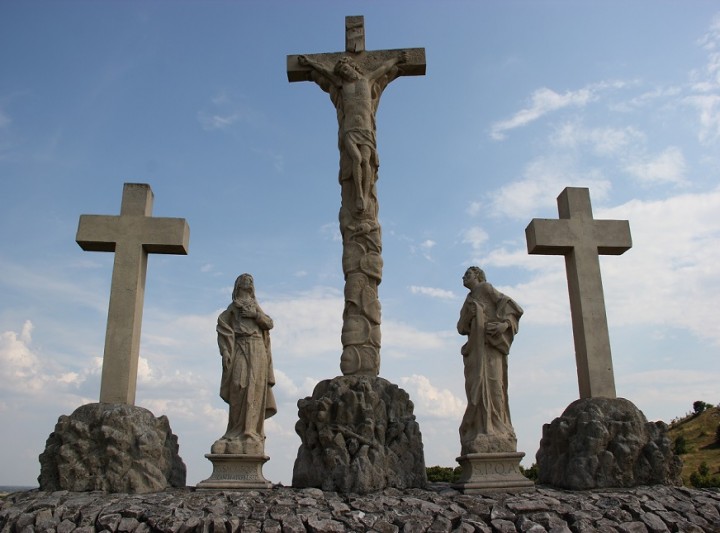
Sacral Journey
Let us set off from the cradle of Hungarian pilgrimages, the former Our Blessed Lady Basilica where miraculous healings and releases occurred around the tombs of St. Stephen (István) and St. Emeric (Imre)! Follow the footsteps of our saints in Székesfehérvár and continue your journey at the most ancient place of indulgence, Bodajk, where King Stephen and Prince Emeric also travelled!
Then we can visit the sacral places linked to the royal family – St. Stephen, Gisela and St. Emeric – in the more distant points of the region. The sacral journey arching between the city of kings and the city of queens leads from Bodajk to Zirc and through Veszprém all the way to Balatonalmádi. The starting point is Székesfehérvár, the city of St. Stephen where we are confronted with his memory at every turn.
36 Hungarian kings have been crowned between the walls of the one-time coronation basilica built by Saint Stephen the King – Our Blessed Lady Basilica. As well as St. Stephen and his son Prince Emeric, another 14 kings also chose the basilica for their resting place. At this National Memorial Site we can find our founding father’s carved stone sarcophagus in the St. Stephen Mausoleum. On the surrounding walls we can follow the story of the Holy Crown and the legend of the Holy Right on Vilmos Aba-Novák’s historic secco. After the canonisation of King Stephen and Prince Emeric (1083) their tombs became a place of pilgrimage. Amongst the legends recorded about the miraculous events and healings at this place the most well-known is the story of Knight Conrad who visited all known places of pilgrimage because of his sins. The last place he visited was the tomb of St. Stephen where he was praying but in his sleep he was sent by St. Stephen to his son. Then, at the tomb of St. Emeric there was a miracle, the chains and armour of the knight fell off. Next to the entrance of the St. Stephen Basilica in a small chapel we can see the marble copy of the case of St. Stephen’s head relic.
According to a relief framed on the wall of the St. Emeric church the palace of St. Stephen, the birth place of St. Emeric stood here which fell victim to the Ottoman devastation in 1601. In its place, in the founding stone of the church the relic of St. Emeric was laid. Amongst the valuable liturgical pieces of art and religious relics of the Székesfehérvár Diocese Museum the most distinguished one is the head relic of St. Stephen in an ornamental silver relic case which was locked away from the public for centuries.
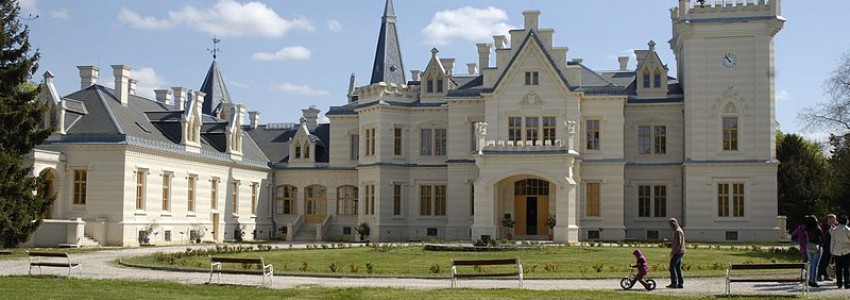
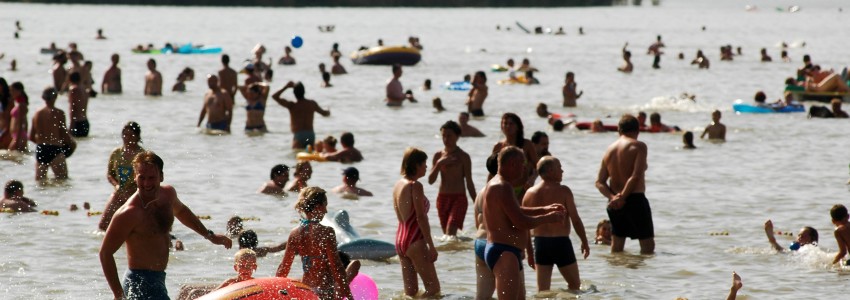
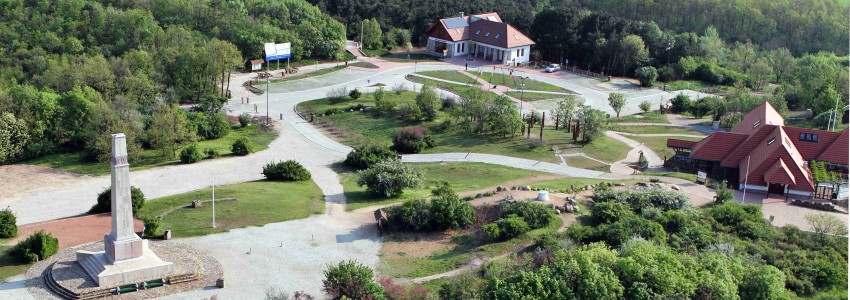
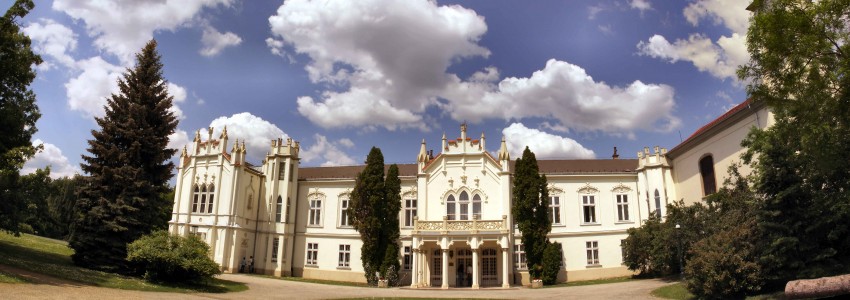
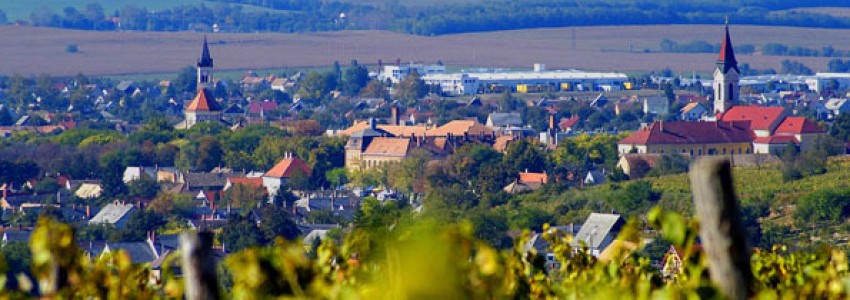
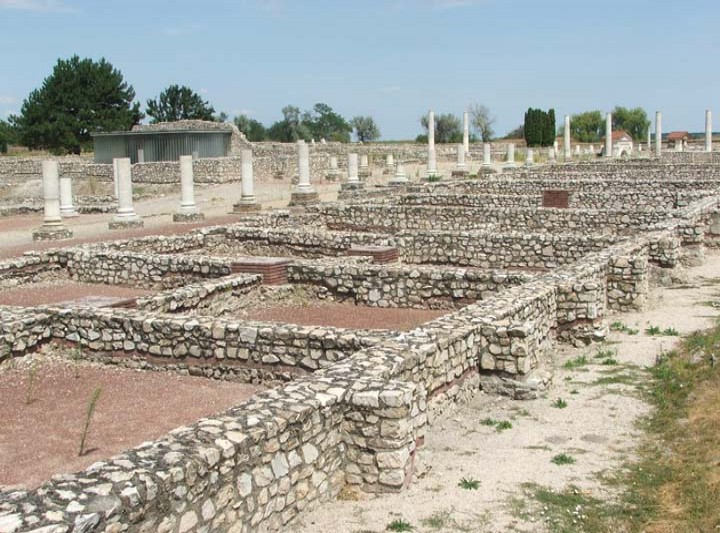
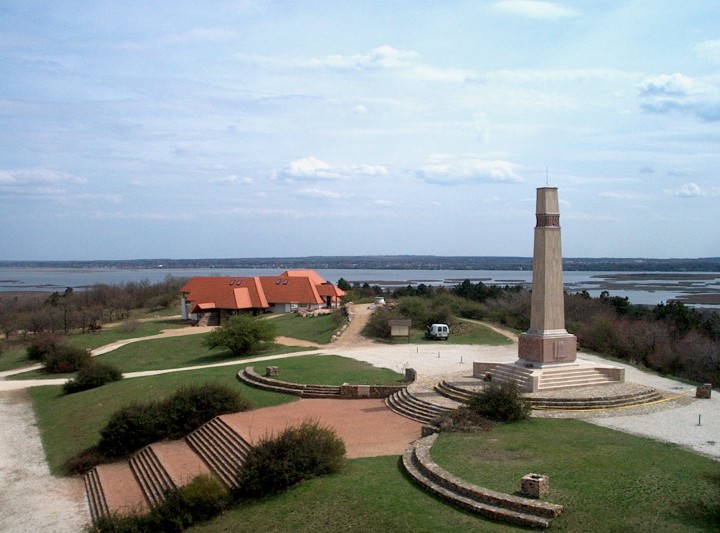
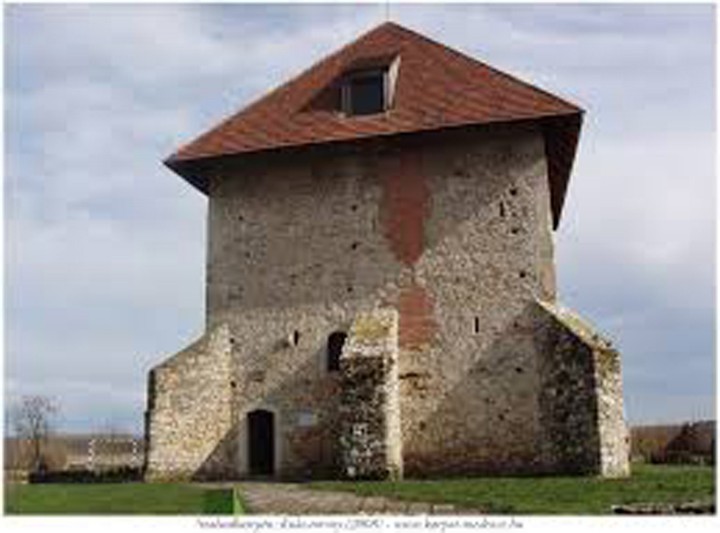
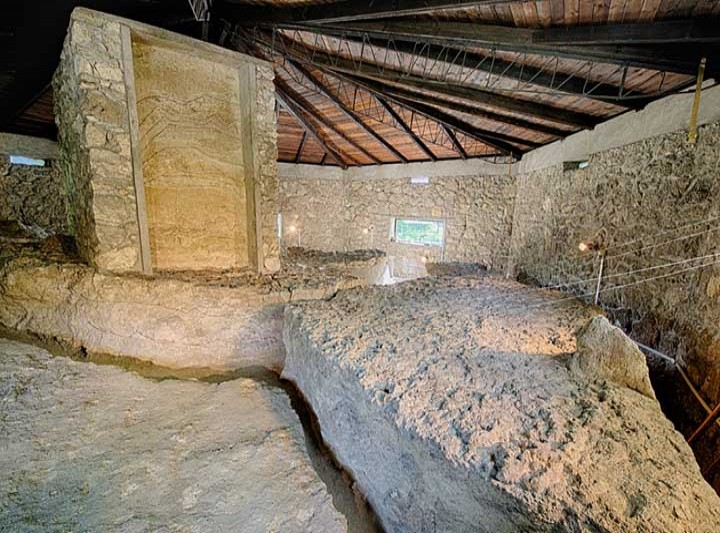
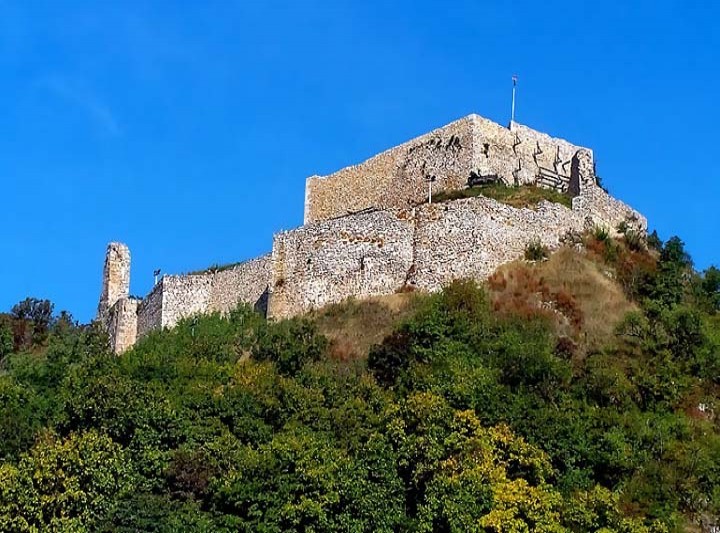
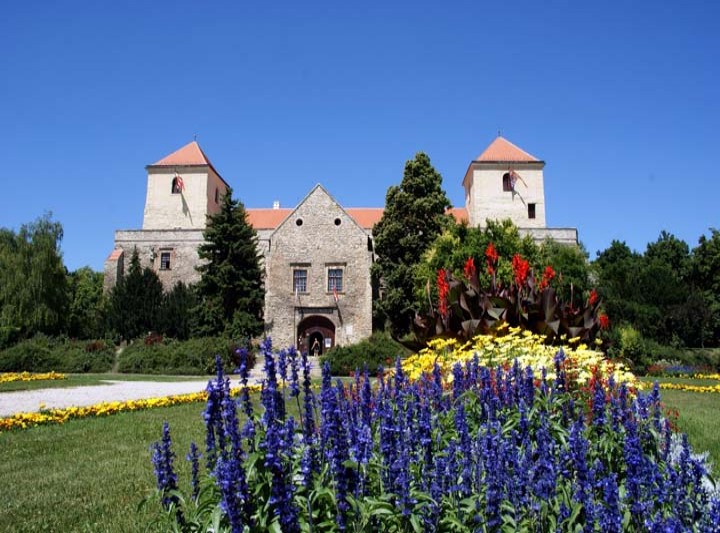
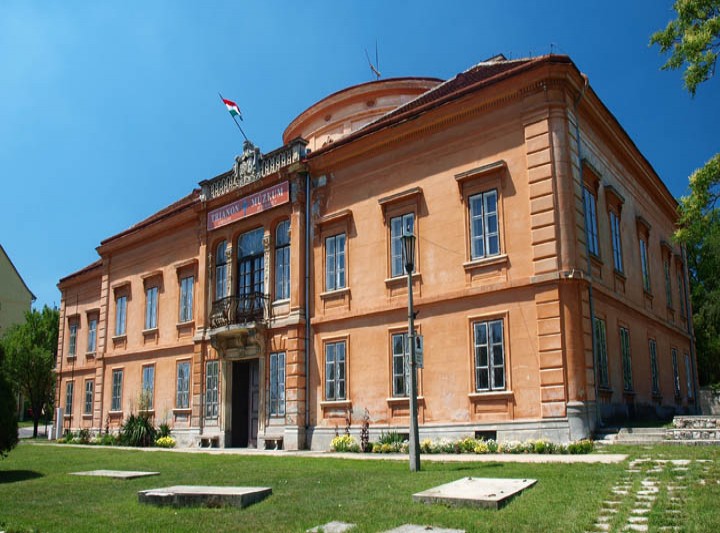
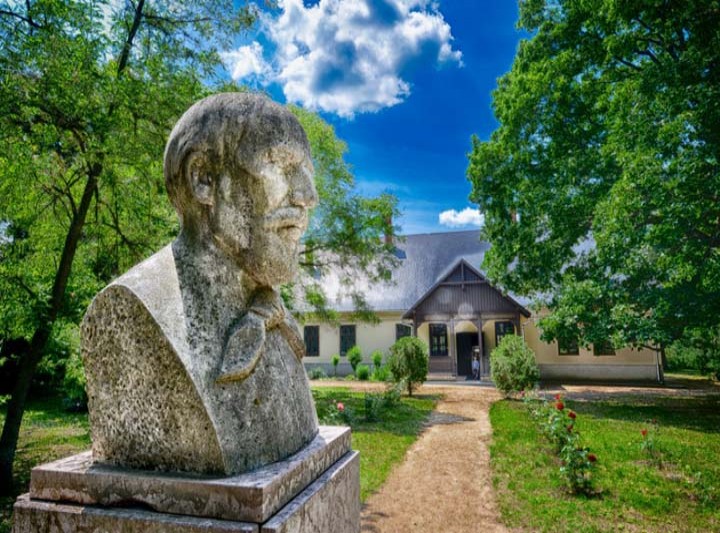
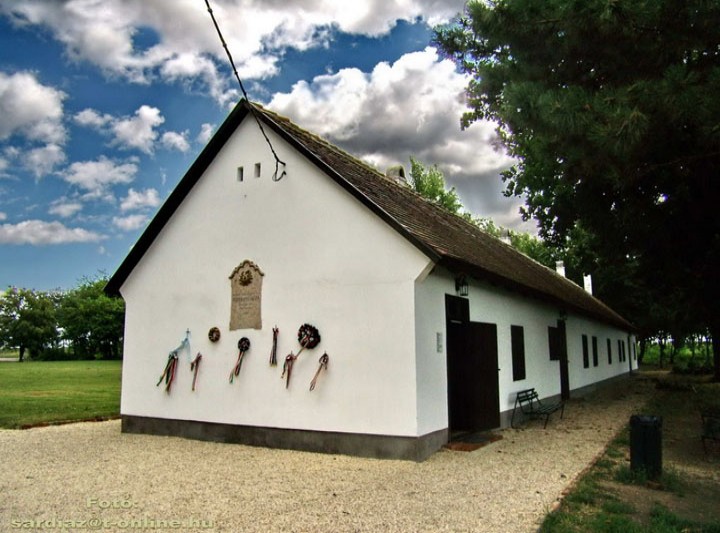
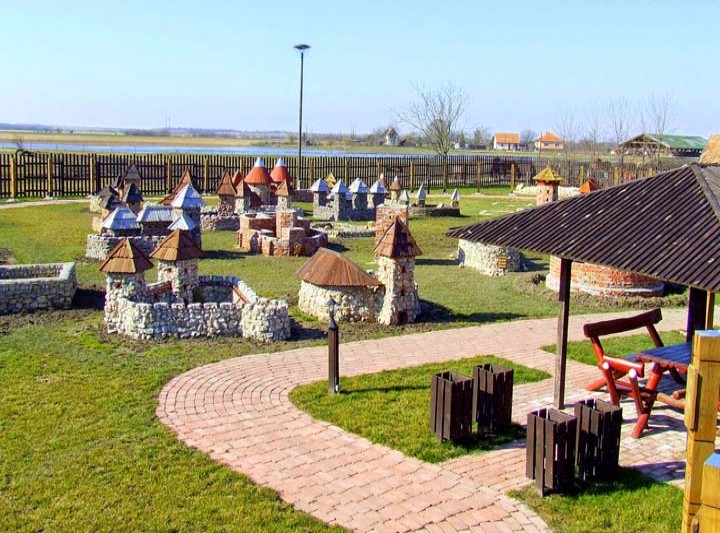
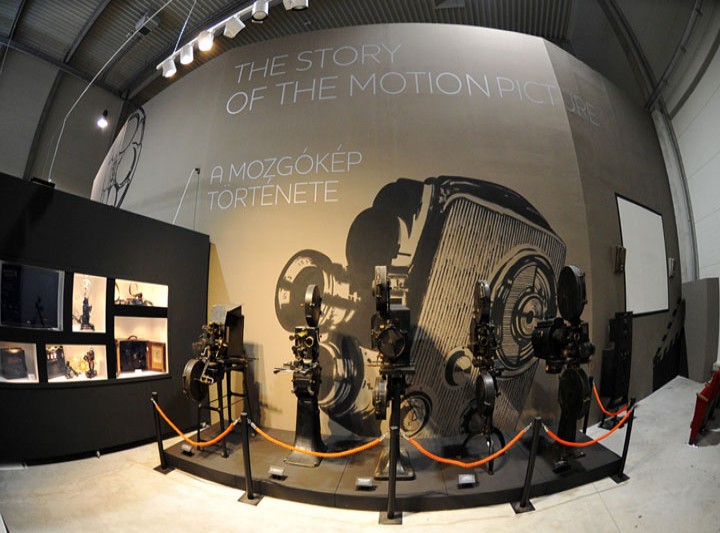
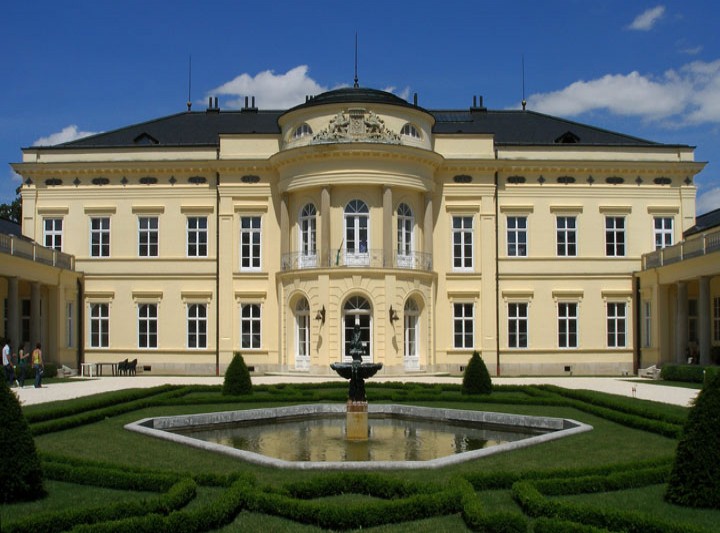
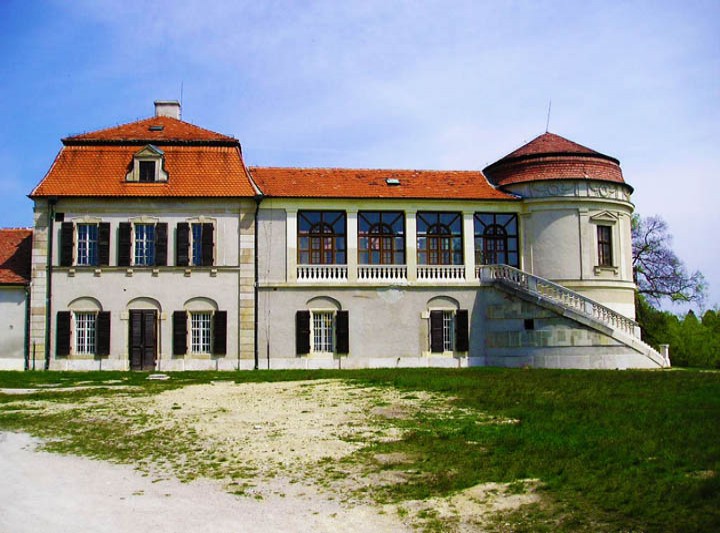
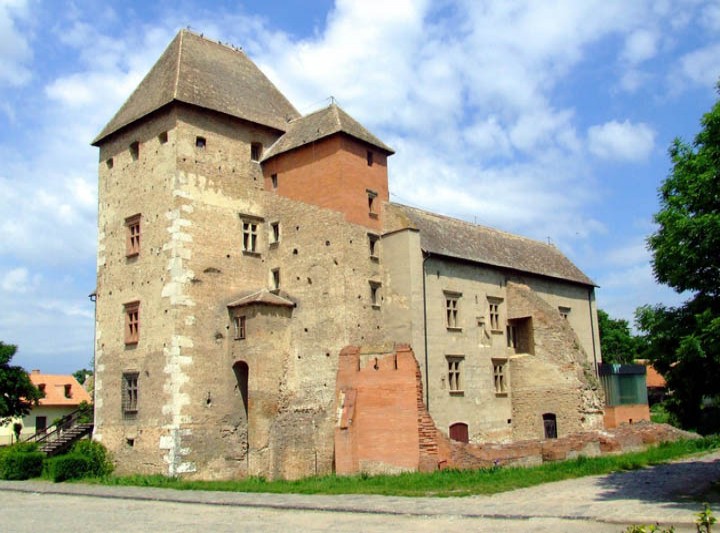
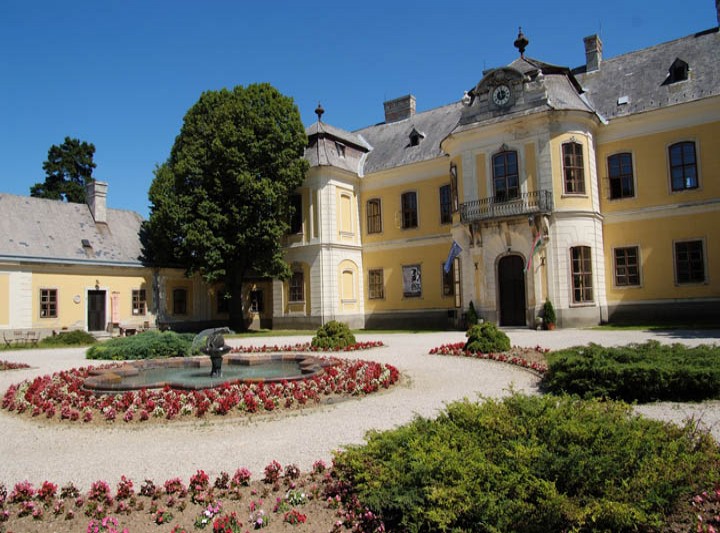
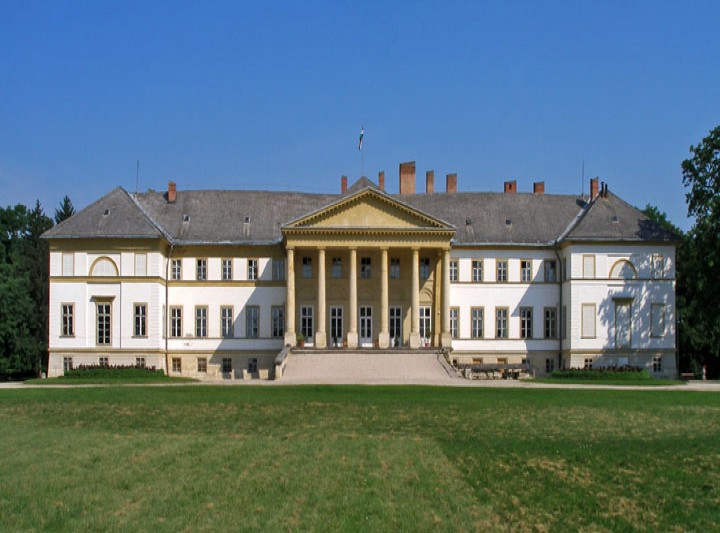
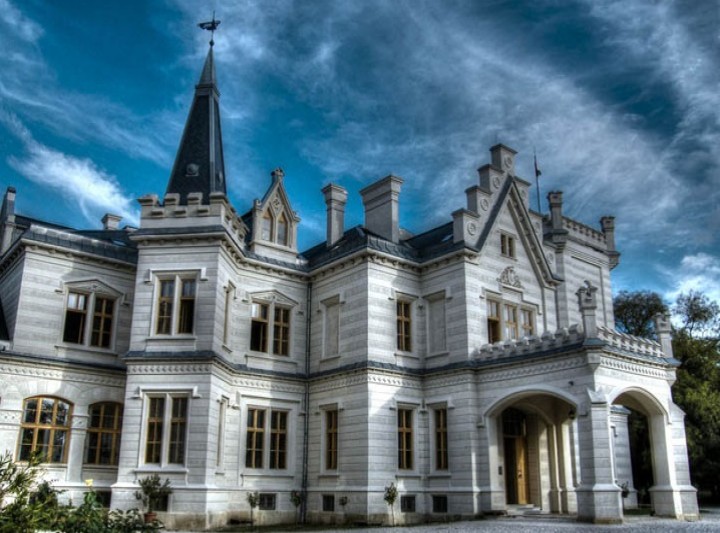
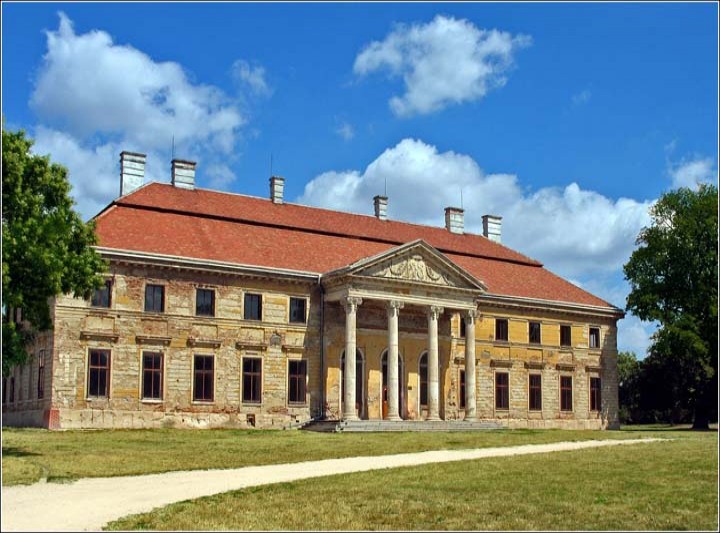
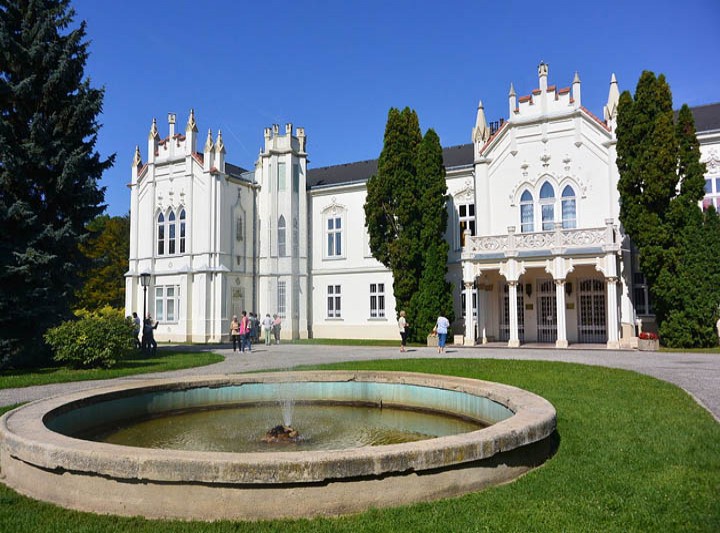
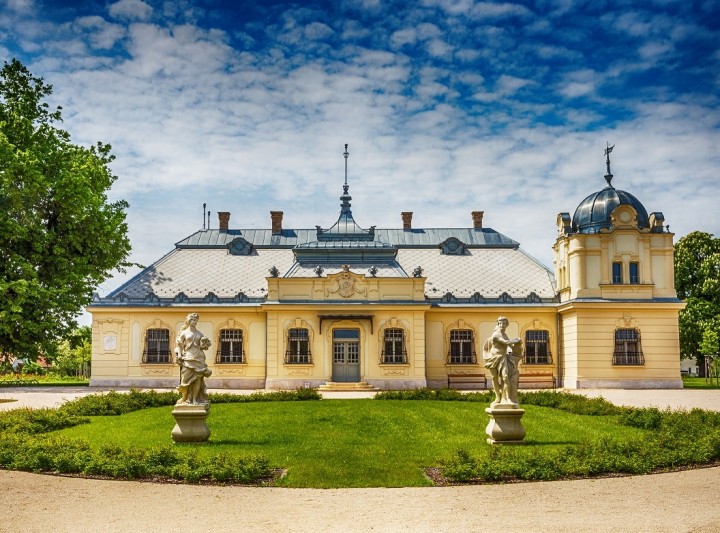
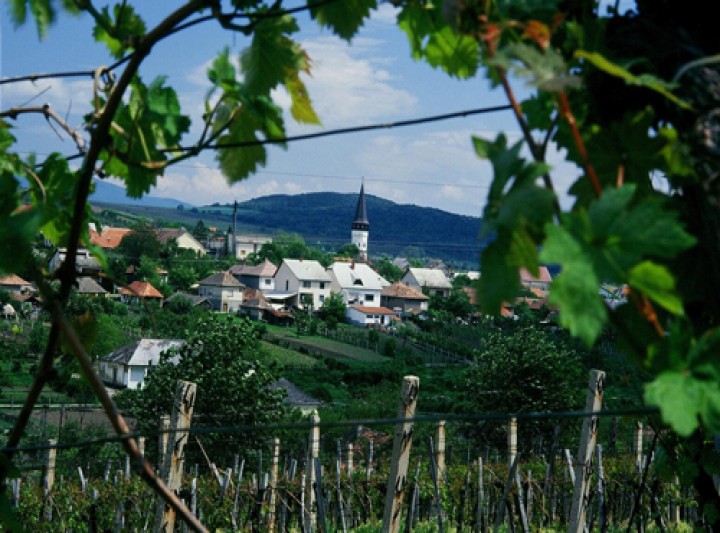
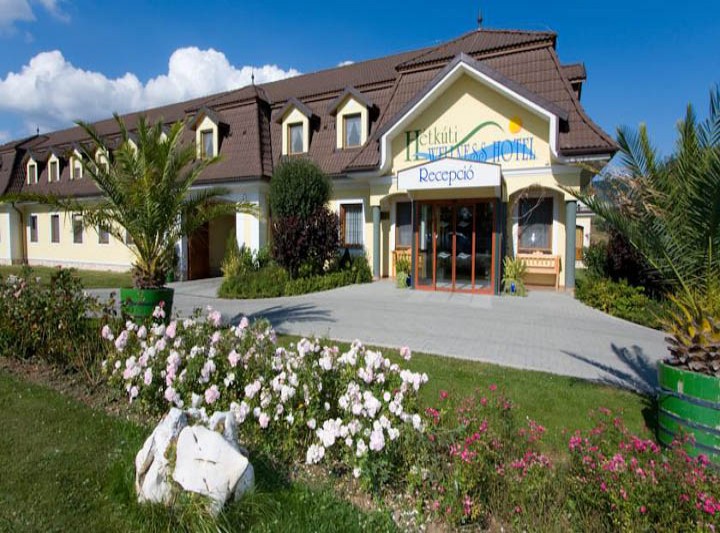
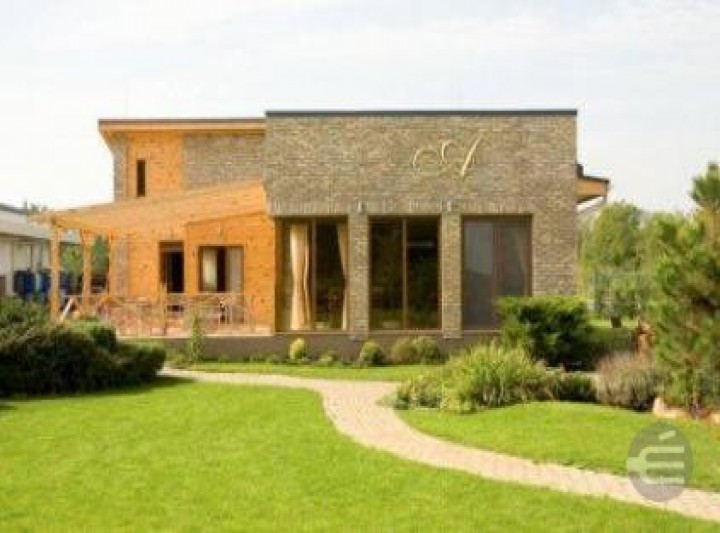
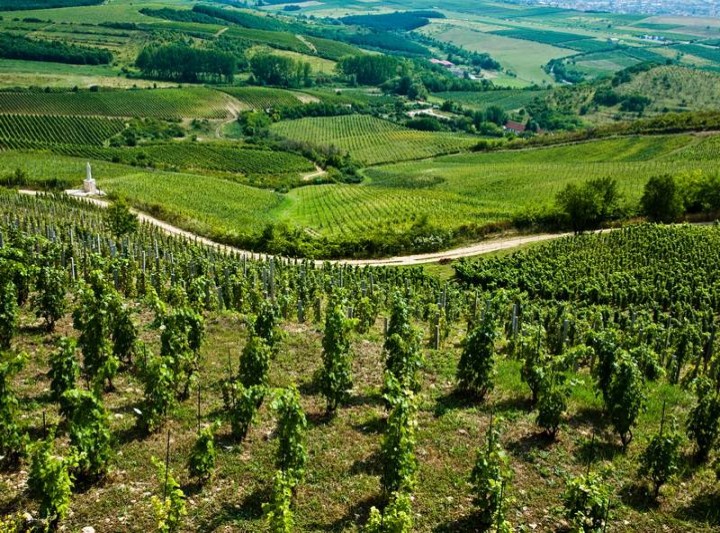
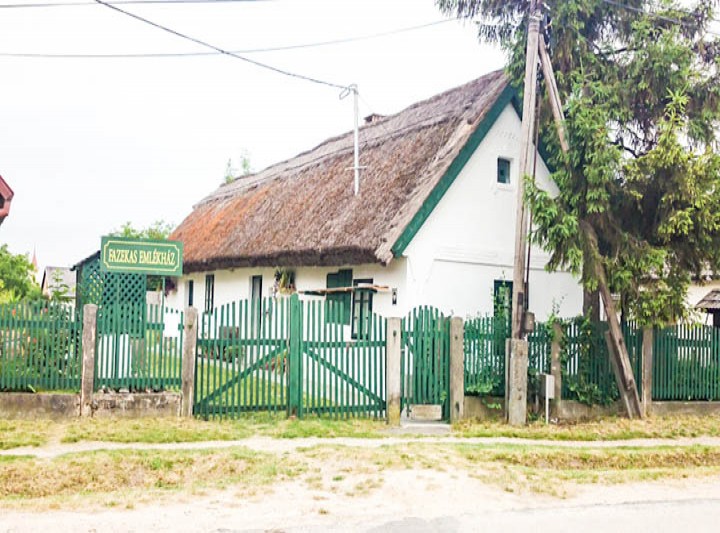
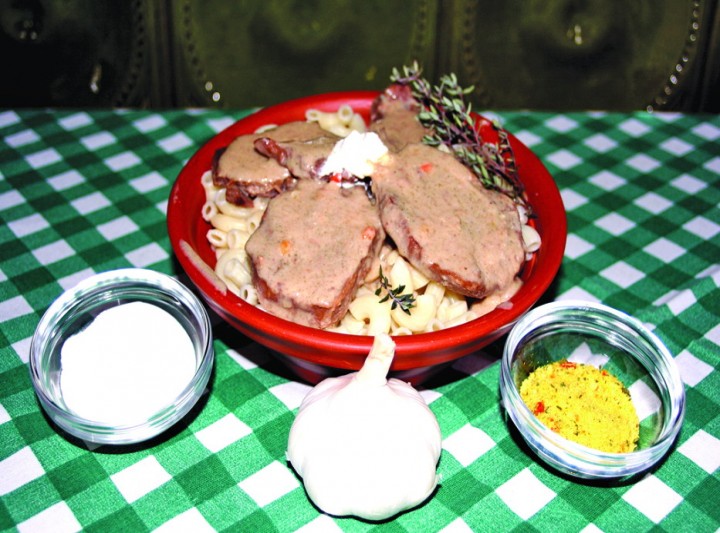
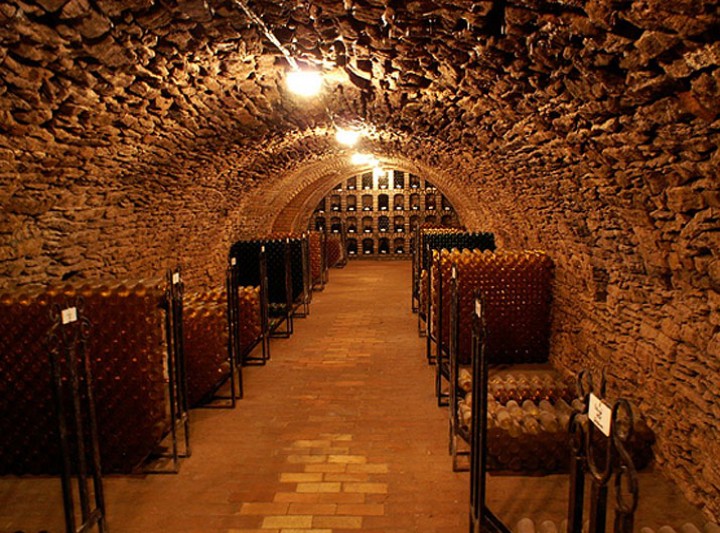
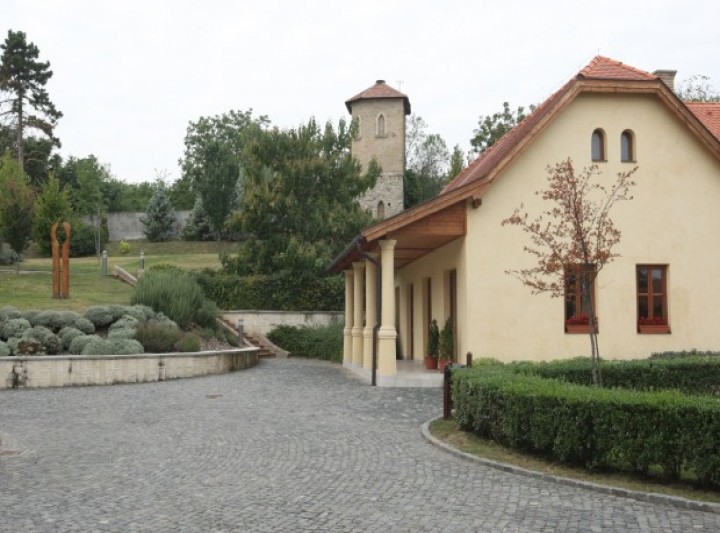
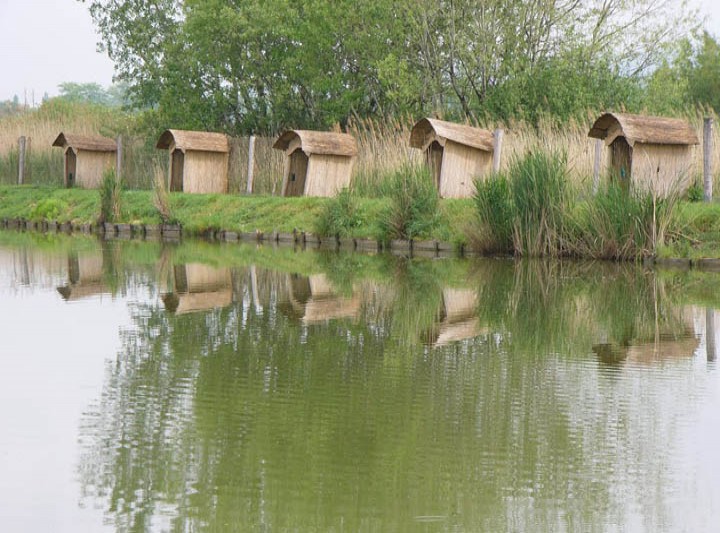
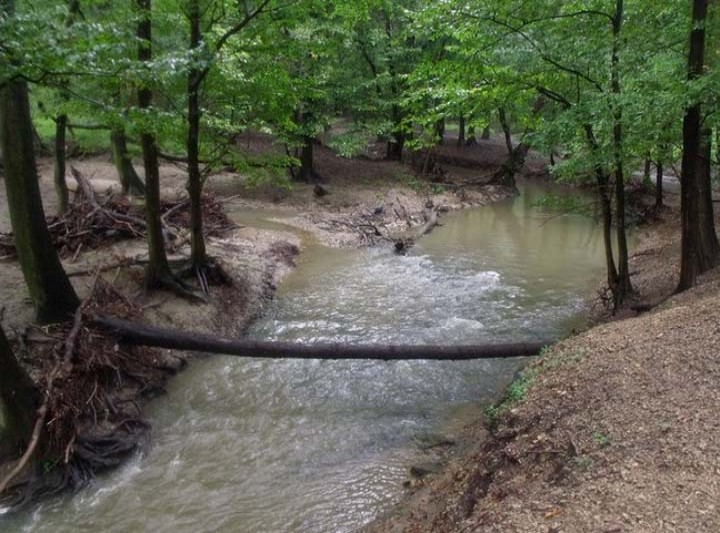
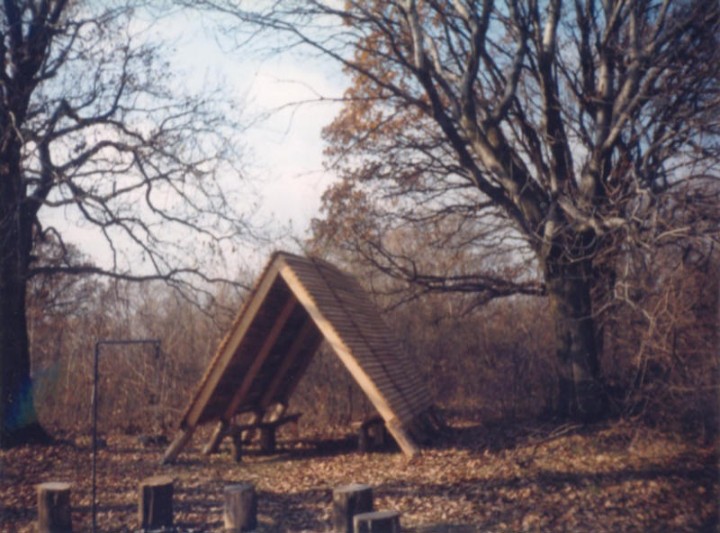
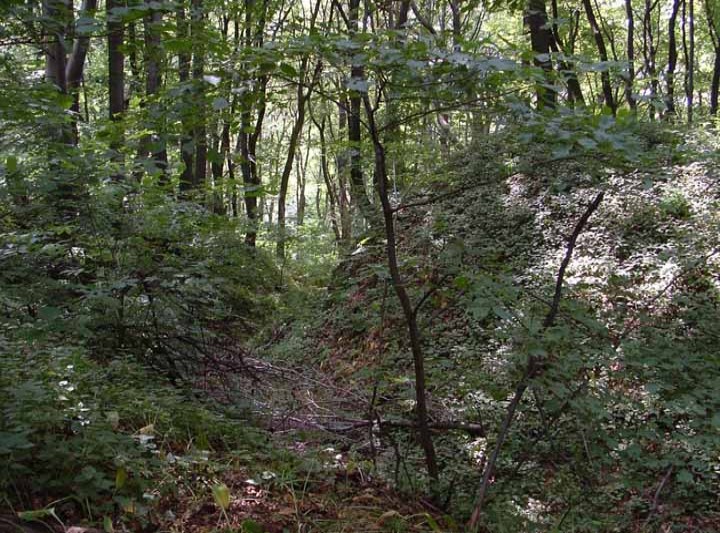
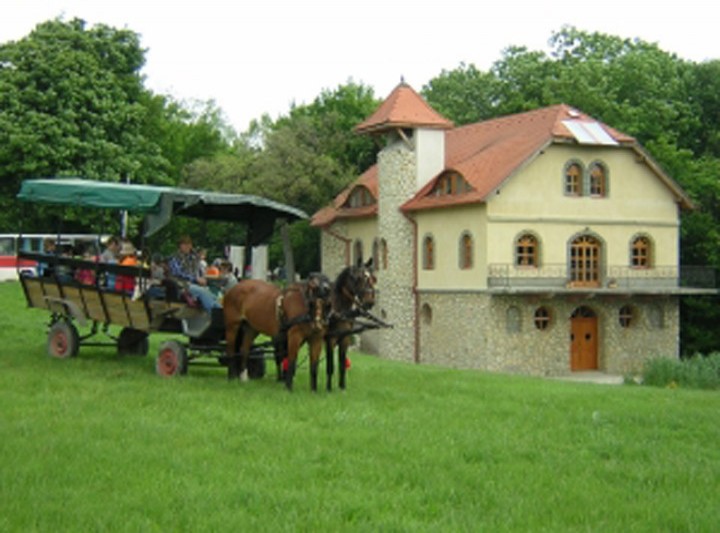
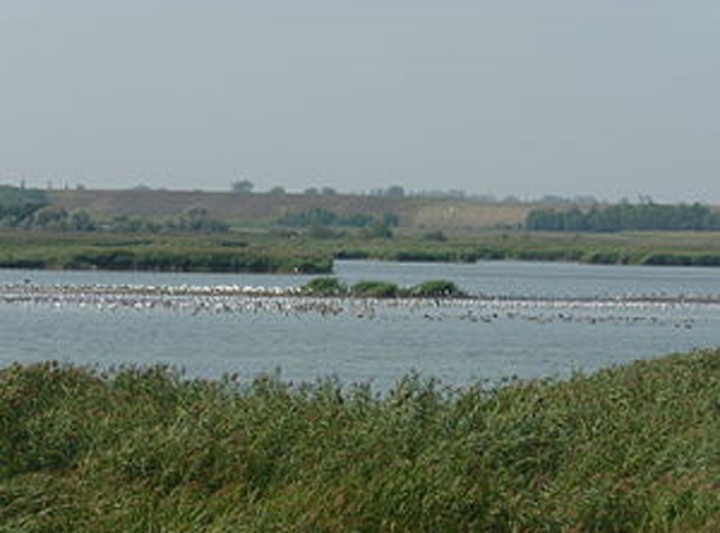
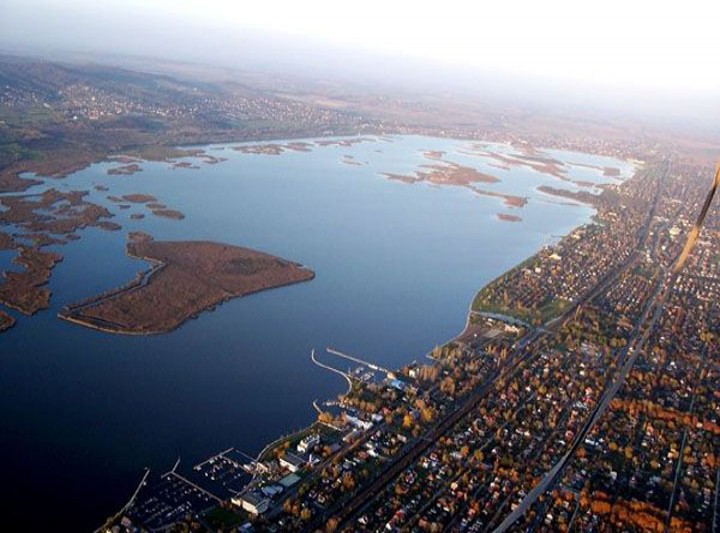
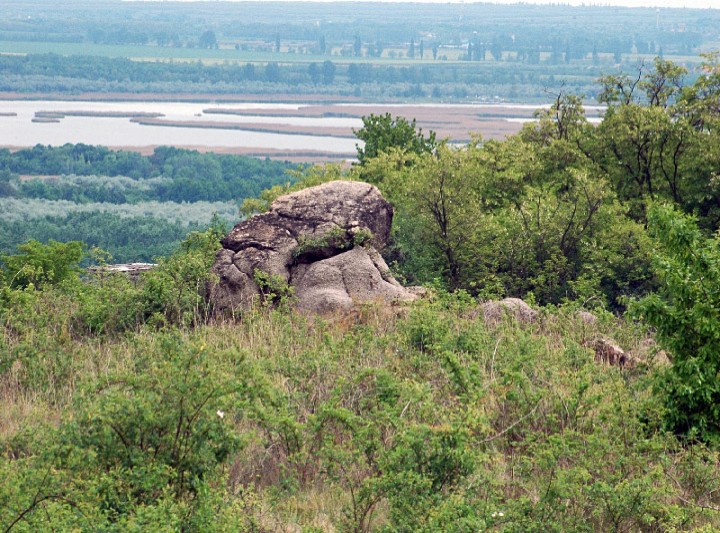
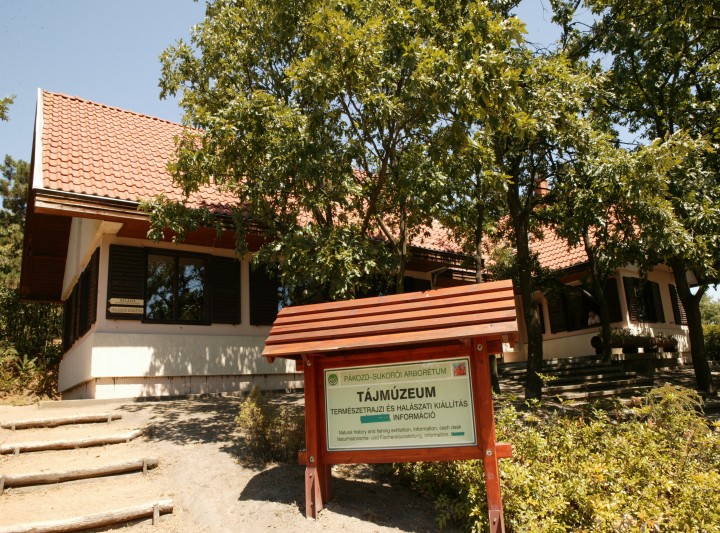
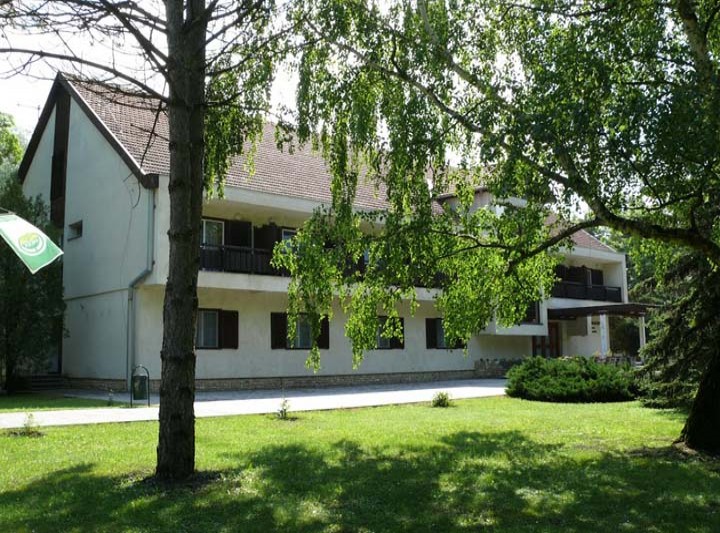
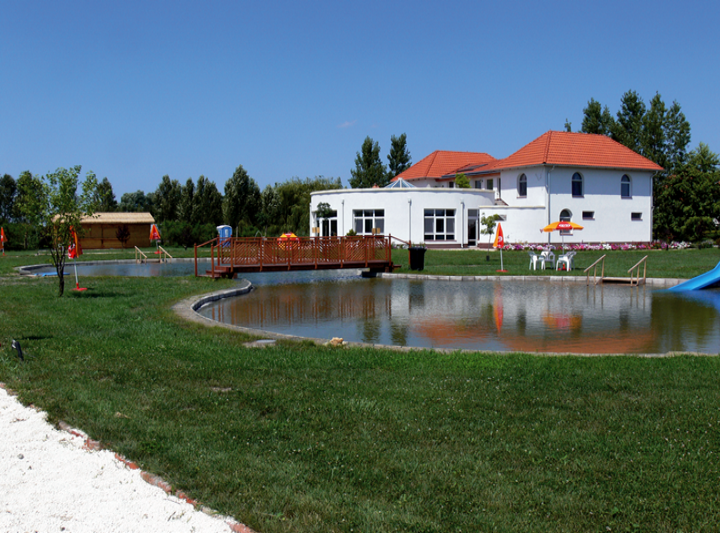
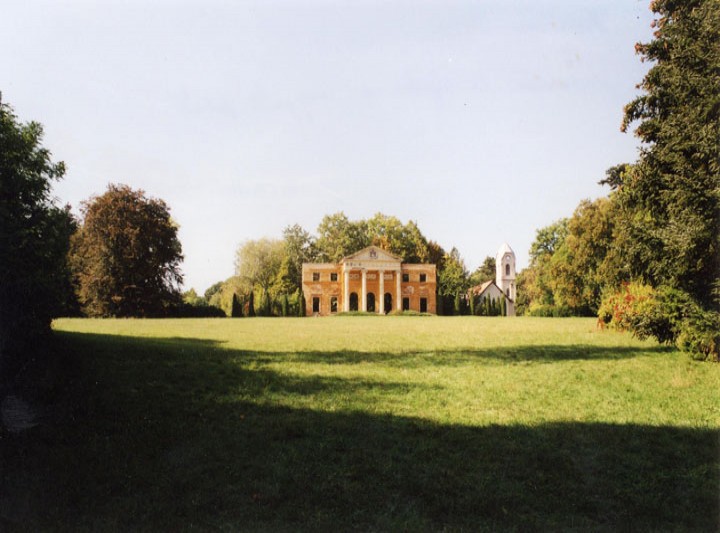
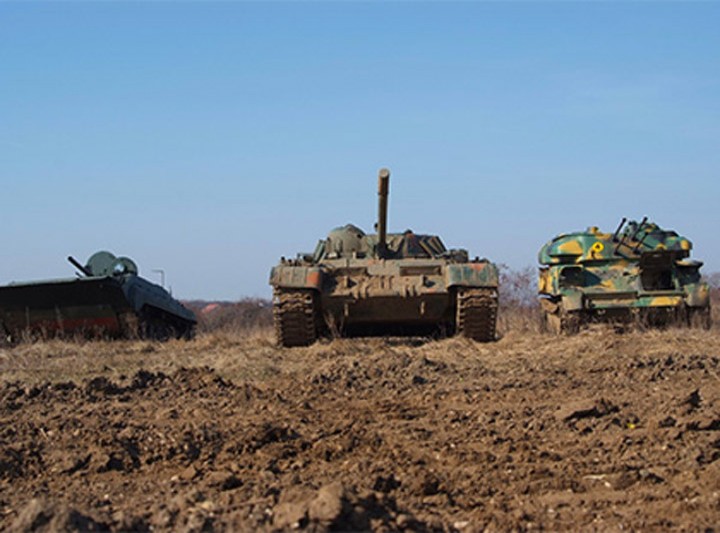
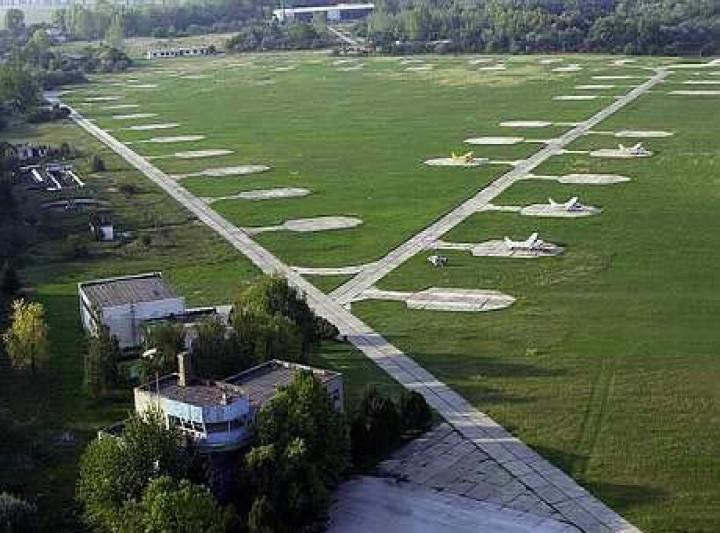
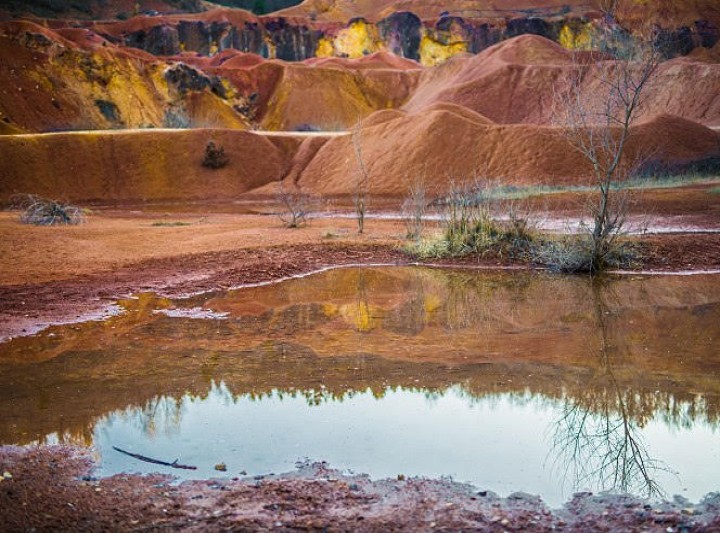
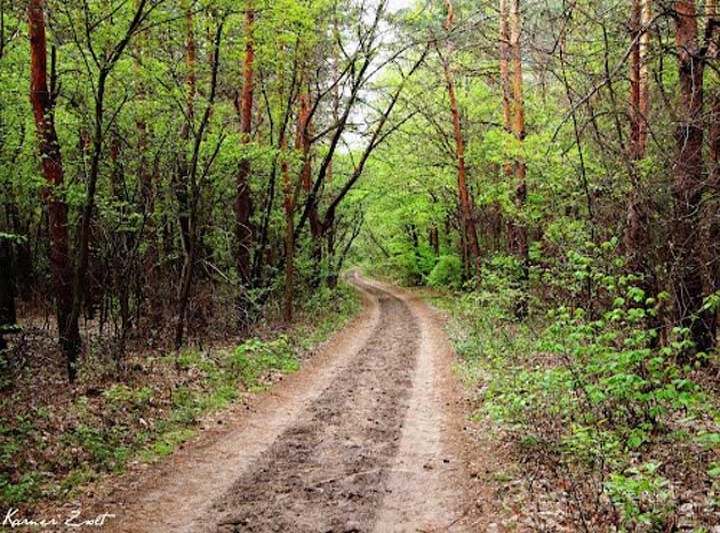
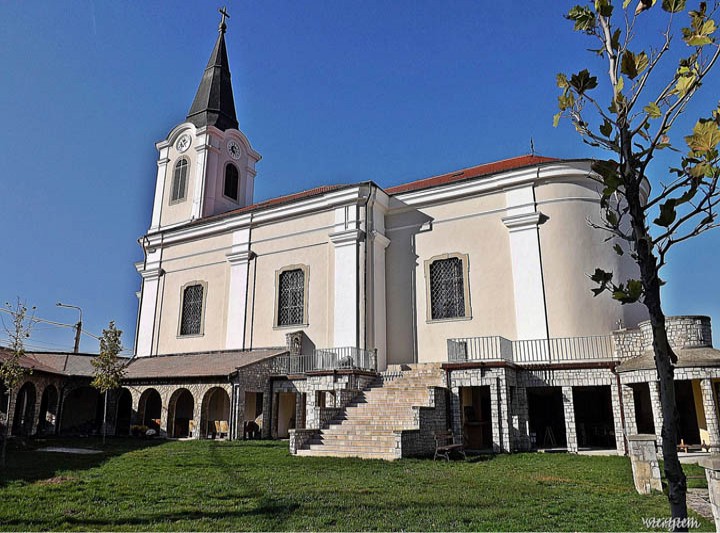
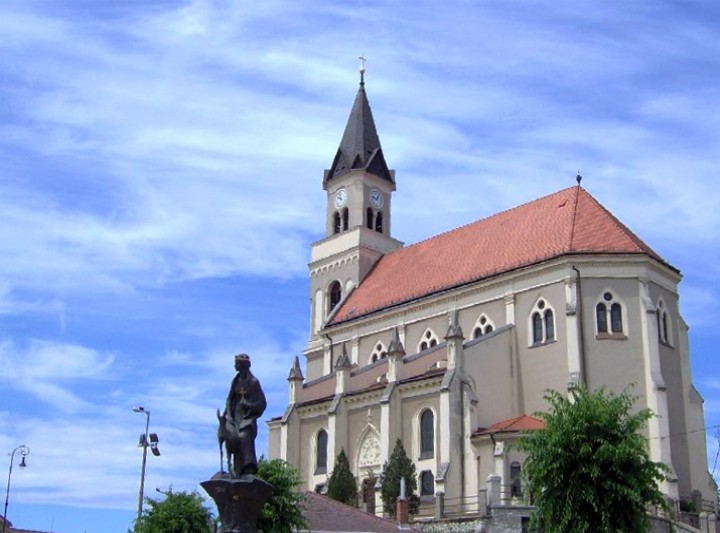












3000px.png)









